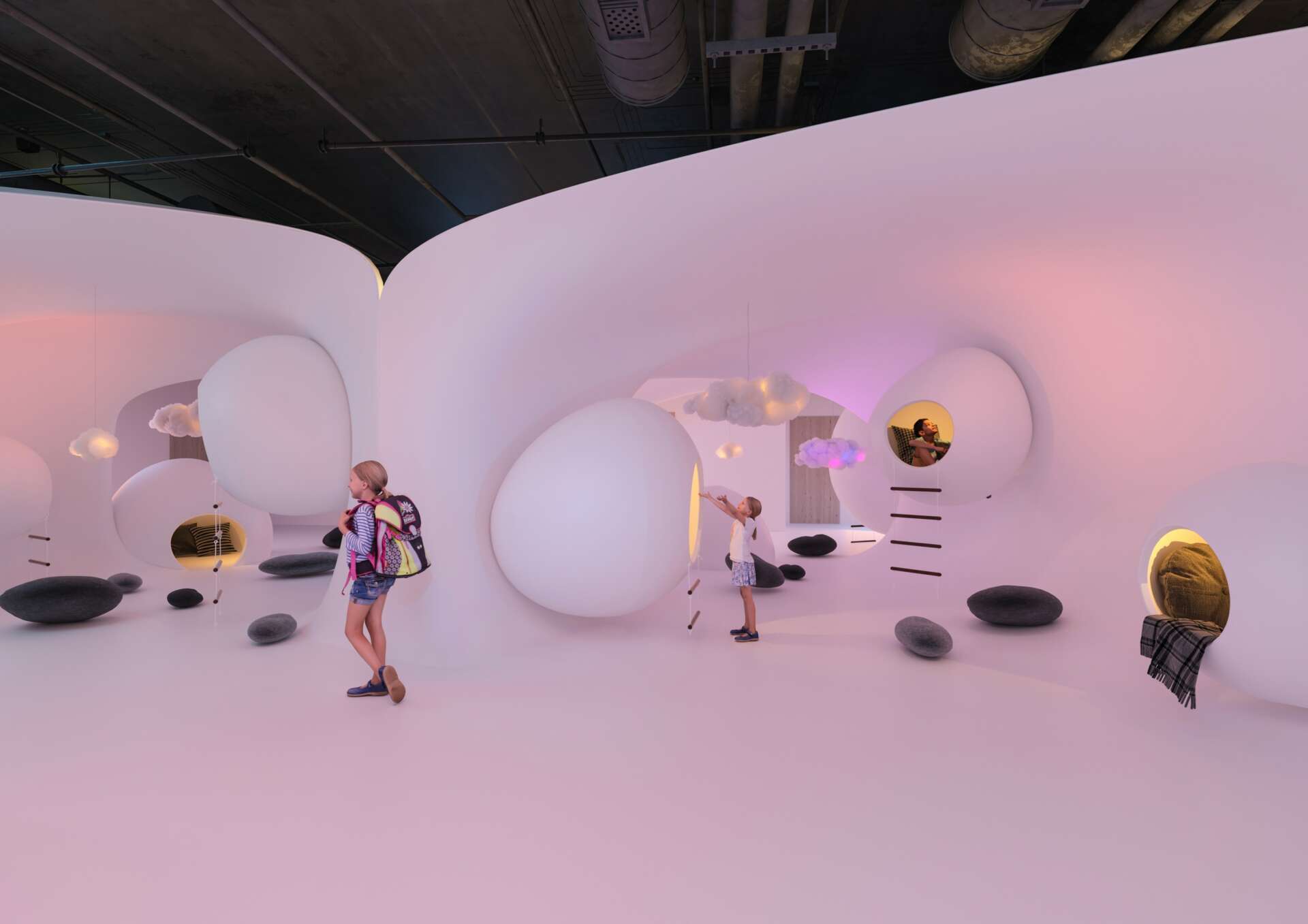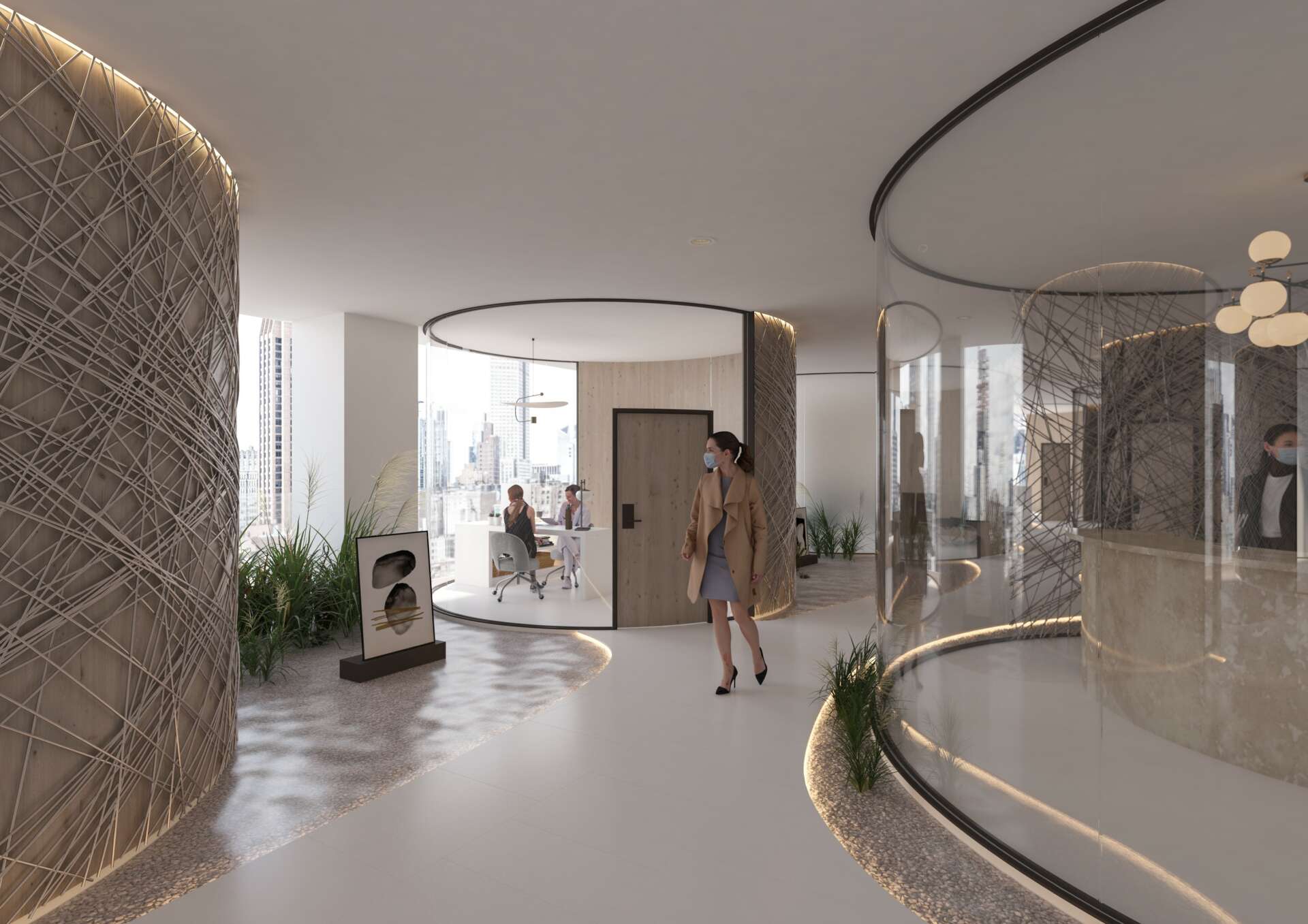We caught up with the brilliant and insightful Chohyun Kim a few weeks ago and have shared our conversation below.
Chohyun, thanks for taking the time to share your stories with us today We’d love to hear about a project that you’ve worked on that’s meant a lot to you.
Before opening my eyes to the world of interior design, my initial impression was simply selecting beautiful furniture sets and appropriate materials. However, working on school projects, I gained a profound understanding of how crucial it is for interior designers to create user-friendly spaces, taking into consideration convenience, circulation, and considerations for individuals with disabilities. The project involved designing an elementary school for students with ADHD and physical disabilities, prompting extensive research into their discomforts and other necessary elements. Designing accessible hallways and bathrooms and installing handrails in accordance with ADA standards required applying the research findings in the project in the most creative and practical ways possible. It was not just about design but also became a valuable opportunity to understand their lives and the spaces they needed. Subsequently, it allowed me to view the world from the perspectives of a more diverse range of people, including young children and those with physical challenges, in both my professional and everyday life.


Chohyun, love having you share your insights with us. Before we ask you more questions, maybe you can take a moment to introduce yourself to our readers who might have missed our earlier conversations?
I graduated from the Savannah College of Art and Design in Atlanta, Georgia, with a bachelor’s degree in Interior Design and later pursued a master’s degree in Interior Design at Pratt Institute in New York. During my undergraduate studies, I focused on enhancing practical design skills, while in graduate school, I dedicated significant time to researching specific methods for creating more aesthetic and conceptual designs. The result of this effort allowed me to be a designer capable of creating interior designs that are both practical and infused with creativity and interest.
Studying practical interior design at SCAD made me realize the importance of designing for the convenience of people’s daily lives. I also recognized the lack of consideration for individuals with physical disabilities in the interior design of Korean buildings compared to those in the United States. Therefore, I spent meaningful time at SCAD exploring how to create pathways and living environments that provide comfort to a diverse range of people, as well as designing spaces that facilitate easy evacuation during emergencies.
At Pratt, my focus shifted to contemplating the field of ‘design’ itself and the process of transforming emerging thoughts into tangible designs. Although translating ideas into a design is a challenging process, the careful and thoughtful approach resulted in designs that turned out to have different strengths compared to those inspired by fleeting moments of inspiration.
I seek inspiration from various sources, with nature being the most influential in designing. The diverse beauty and sensations of nature I experienced during weekends with my parents in my childhood continue to serve as a foundation for infusing comfort, stability, and warmth into my designs. Consequently, I always aim to deliver nature through my designs and create spaces where people can connect and reminisce about the natural world.
Currently working as an interior designer in New York, I strive to share my knowledge with others and create comfortable spaces for a broader range of customers. While designing according to clients’ preferences is essential, I find the greatest joy in integrating design ideas that harmonize with their desires, resulting in even better designs.

What do you find most rewarding about being a creative?
Spaces can be considered the backdrop of most people’s lives, intricately linked to the present, where they shape their existence, and the future, where they dream of everything they aspire to be. Within these spaces, individuals seek both physical comfort and a sense of accomplishment, as well as psychological stability and joy. Therefore, a space must embody both practicality and creativity. Creative spaces can inspire people, unfold the wings of imagination for children, and instill the courage to believe in one’s ability to achieve anything.
Creative design stimulates people’s imaginations, aiding in the exploration and experimentation of new ideas. It can also elevate people’s moods and create an enjoyable and vibrant ambiance. Therefore, if I can design a space that instills the courage to achieve something remarkable for someone in the future, I believe it would be the most fulfilling aspect of being an interior designer.

Have you ever had to pivot?
I originally intended to study a different field of design, but a significant turning point led me to change my major to interior design. In my neighborhood, there used to be a run-down store with a foul smell and spooky appearance, repelling adults and children. In the meantime, I spent several months in the US, and when I passed it again after some time, I was pleasantly surprised. That shabby place was reborn as a cafe with a sensory design and warm lighting. The drastic transformation of an ugly duckling into a graceful swan left such a deep impression on me that I changed my major from fashion design to interior design. From that time on, I realized that “space” plays a pivotal role in our lives, even positively impacting our feelings and emotions, which in turn further motivated me to delve into interior design.



